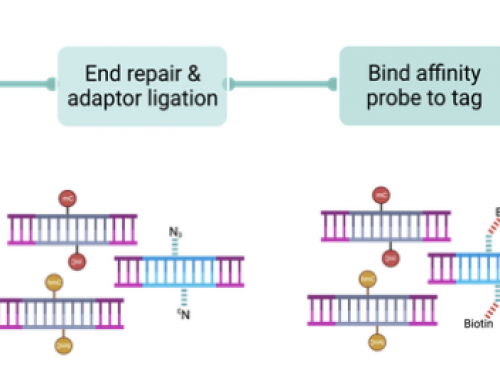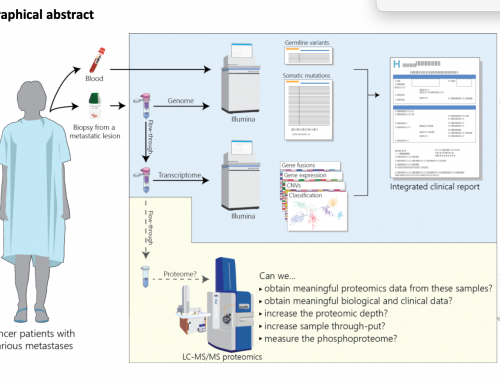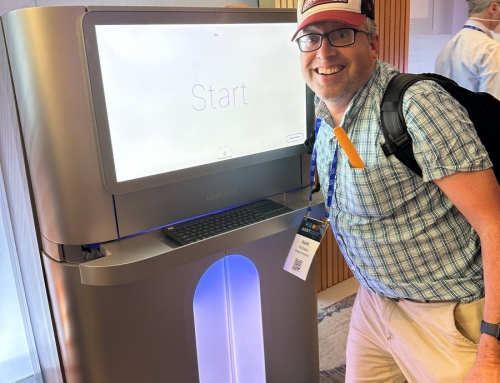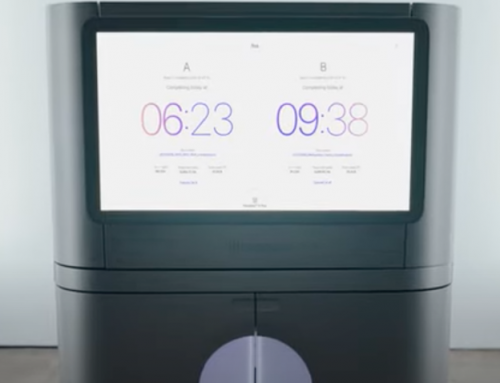The use of NGS in forensics is likely to supplant current STR profiling. One issue that has been discussed is the need to robustly determine that the correct sample has been analysed and reported on. With NGS almost all sequencing today is being done in a multiplex fashion using indexing barcode reads of generally around 6-10bp.
Current barcoding uses sets of up to 96 or 384 barcodes which is fine for many research applications. However there are reports of carry-over of barcodes from one run to another on the kinds of instruments that are likely to be used in forensic labs. This is likely to make courts nervous about bringing this technology in.
One way to remove some of the problems would be to create significantly longer index oligos that are unique. I can see a market for a consumable kit where each is truly unique. The indexes included would be single-use only and no-one else in the world would get the same index oligo. Oligos can be made in very small synthesis scales today and in high-throughput. Given a long enough read even lower quality synthesis should allow confident discrimination of contamination allowing users to be confident about the final results.
A 25bp barcode read should be as unique as we might ever need and on HiSeq today would not add much time to a sequencing run.








Hi James, An alternative/addition could be improved barcode QC. As an example if you took 96 unique amplicons then barcode each with a different barcode. Any amplicons demultiplexing to incorrect barcodes would imply a barcoding fault (design, synthesis, storage, aliquoting, sequencing etc) and irrespective of cause this could be dropped.
A dual barcoding approach could also work. If you add a series of 8 bases to each end of an adapter and then ligated them onto your insert you could generate large sets of non-redundant adapters. Two sets of 96, would give you 9,216 combinations. In addition to that, you could add another set of sample specific barcodes to the PCR primers giving you some redundancy for verification.